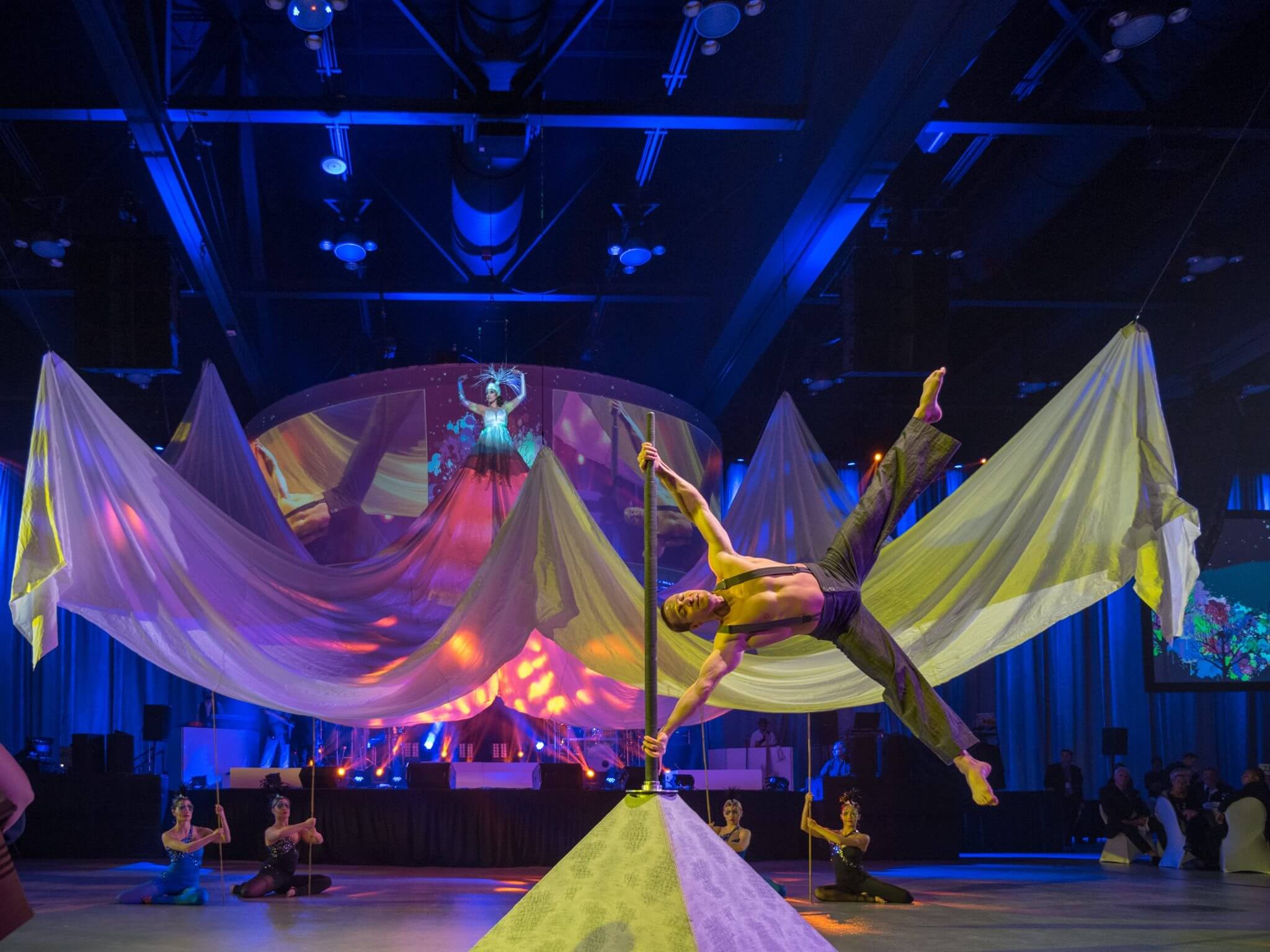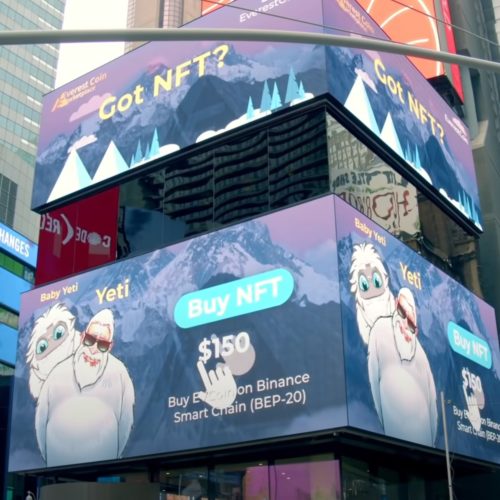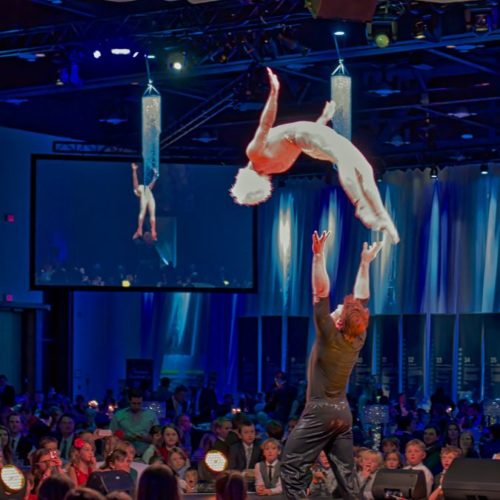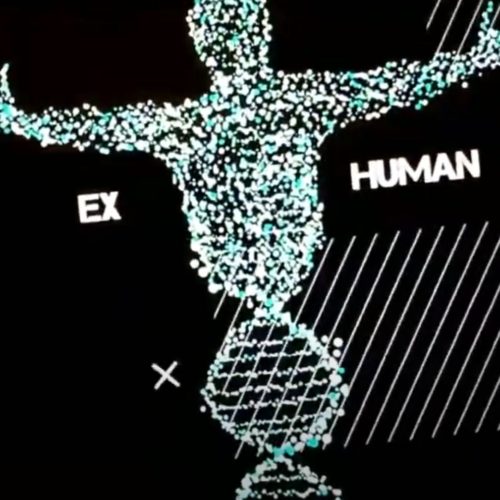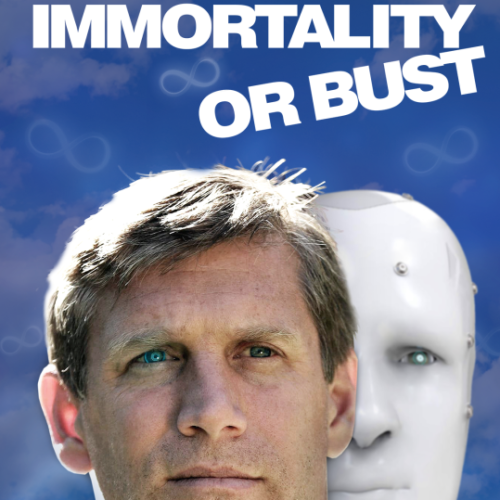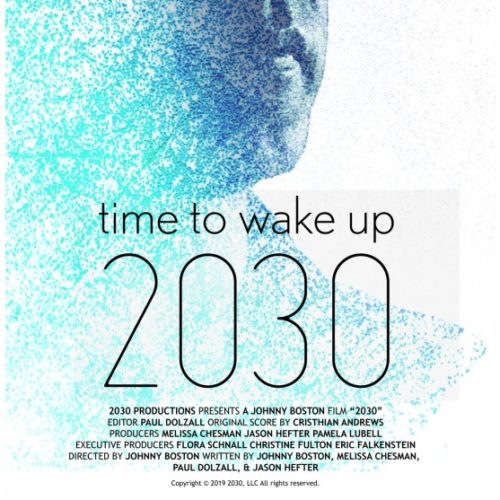The Future of Circus: How can businesses and artists thrive in a changing entertainment industry?
Socrates / Op Ed
Posted on: June 29, 2023 / Last Modified: June 30, 2023
Circus is facing an expanding spectrum of challenges. They include but are not limited to shifting audience preferences; competition from other digital entertainment; growing costs; infrastructure requirements; clients’ shrinking timelines; recruiting talent; public perception and social relevance; government and safety regulations. Even the advent of AI is a growing factor of consideration.
Amid this sea of change, Circus faces the same strategic dilemma many other industries have: whether to bet its future on live/physical or virtual/digital business. Given all the changes in everything everywhere, there is little doubt the future will be more virtual and digital than ever. But the question is:
To what degree? Is Circus going exclusively digital? Or is live going to remain a significant part of it? Which one will dominate? Why? And, most crucially, how can we all, as circus businesses, artists, and audiences, direct, adapt to, benefit from, and enjoy this future?
Live is Here to Stay
We know that humans are not solitary but herd animals. That is why entertainment is best experienced live. In-person. Together. In big groups.
If you don’t believe me go to a live concert, political march, or major sporting event and watch tens of thousands of strangers sync their body movements, emotions, and even their brainwaves in real time. The bigger the group, the more gripping, powerful, memorable, and, therefore, more fun the experience is. Because as herd animals, we are wired to live, eat, play, and party together.
If Taylor Swift and the Super Bowl can still fill stadiums, live entertainment is not going away. Plus, Circus is a unique type of art, mixing gymnastics and other extreme athletics with music, comedy, and even drama. So, despite the explosion in digital, live entertainment is here to stay.
This means that the future of Circus is not live. And it is not digital:
The future of Circus is Hybrid!
Digital entertainment is not replacing live entertainment but expanding and enhancing its reach. Even if you’re producing a virtual show, you must still produce it in time and place – live, in person, and in the physical world. You can capture it digitally and disseminate it in the virtual world only after you’ve done that. So great live entertainment is the foundation for great digital entertainment. In other words, at least for now, you can’t have virtual Circus without live Circus. [See #6 and #7 below for more on this.]
Now that we’ve answered the broader question about the future of Circus, we must address the strategic issue of our specific positioning:
How can circus businesses, artists, and audiences direct, adapt to, benefit from, and enjoy this hybrid future?
We can spend a near-infinite amount of time here, so let me focus on what I see as
The 10 most important strategies:
1. Focus on storytelling. Circus is a thousand-year-old art, and modern artists are among the last artisans of this profoundly human craft. The main Circus story remains the same but should be emphasized even more in every type of new medium. It is about human growth, learning, self-improvement, and overcoming our limitations through years of committed practice and suffering, even risking life and limb. That is why you can say that the Circus story is the human story. Because circus can provide the purpose and the medium where artists, businesses, and the audience can experience the hero’s journey of challenge, pain, overcoming, growth, and self-actualization. It is this story that makes it fascinating, captivating, and valuable for clients, performers, businesses, and audiences.
Recognize that the most powerful tool of every great business, event, or person is the story they are telling. So, at every level, ask yourself: What is my business’ story? What is my personal story? What is my client’s story? What is this event’s story? What is my show’s story? What is my audience’s story? Then mix it up with the magic of Circus and bring it to life on stage for all to experience.
2. Rediscover your purpose, be it as a circus business or as a circus artist. If you lack purpose, even minor challenges can become stumbling blocks, if not permanent failures. If you have purpose, even major challenges can become mere temporary setbacks. That is why Friedrich Nietzsche observed that if you have a sufficiently strong why you can endure any how. So, ask yourself: What is my why? What is my purpose? What is the change I want to make?
So don’t start a marketing campaign. Start a campaign with the purpose of making a difference and changing the world. And people will be attracted by the power of your vision and the gravity of your purpose.
3. Cooperate, don’t compete. Make your story our story, and it will become their story too. To position yourself as a leader within the industry – tell your story. If you want to be loved and supported by your peers, empower and help them to tell their stories. If you want to engage your audience, help them see themselves as the heroes in your story and be the characters in your show. This is how your story, and the story of Circus, can become our story and, eventually, their story. Once it is their story, you don’t need to market and sell to them. They will spread the word and invest the time, money, and effort required because it is about them and their story.
This is one of the superpowers of art. It takes us on a journey of growth from “me” to “we,” expanding the circle of reference and creating happiness by establishing empathy with others and appreciating them for who they are. Because, despite our differences, we can see we have more in common. That is why art connects us. (In contrast to technology which can often separate us – from “we” to “me” by feeding our alienation, selfishness, narcissism, and fear of “the others” because they are different.)
4. Don’t just entertain. Provide meaning to your clients, your business, your employees, the artists, and the audience. [You can only do that after you have found your purpose.]
As Victor Frankl noted, we humans are meaning-seeking beings. Those who can provide meaning, be they authors, politicians, religious leaders, (circus) businesses, or artists, can connect with, engage, motivate, mobilize, lead, and sell to their followers. So go beyond mere entertainment and make it about transformation. That is what people seek in their lives and clients pay for.
Circus has the ability to address social issues, challenge norms, and spark conversations. It can be a platform for social commentary, raising awareness about important topics, and inspiring change. Circus performances have the potential to evoke emotions, provoke thought, and encourage dialogue on important social issues. If you focus only on entertainment, any competitor with a larger meaning and purpose will always have the edge over you. That is why if you’re not telling a story of transformation, you are running the risk of becoming a cautionary story. Utilize the power of art to transcend our petty problems, appreciate the bigger picture and engage with what is important, not just what is urgent.
5. Embrace participation and interactivity. Engaging spectators in the creative process and making them participants can be a key aspect of the future of Circus. Embracing co-creation and allowing audiences to contribute ideas, participate in interactive segments, or shape elements of the performance can foster a sense of ownership, deep meaning and engagement. This can be facilitated through digital platforms, online communities, or interactive installations. The goal is to provide spectators with a new kind of Circus experience, unique artistic fulfilment and emotional satisfaction for becoming an active part of the show.
6. Share authentically, openly, and publicly your Circus journey – the stakes, the setbacks, and even the failures.
Your clients and audience are all human. They appreciate the human condition and the fact we are all imperfect. So we fail. That is part of being human. Sharing our losses creates empathy. Getting up after being knocked down makes people not only cheer but also help us.
Recognize that value comes from vulnerability because Superman without Kryptonite is boring. It is his “weakness” that makes him relatable. That is why Circus without humans but only robots, or fake AI special effects, may be visually stimulating but, in the end, will always be boring. Because there is no risk. No pain or suffering. No drama. No growth. And no overcoming. That is why human Circus is thrilling. Because we risk our lives and limbs. We are vulnerable, and we suffer along the journey. But we also grow and overcome.
We may not compete with robot and AI perfectionism, but it is our imperfection that is our unique selling proposition and differentiating factor. Like any other old, handmade, artisan human craft, it is the imperfections that make it unique and, therefore, more valuable. Embrace our humanity – warts and all, and share the journey of struggle as a part of who we are. And don’t forget to bring the inner clown so we can laugh at our flaws and failures along the way.
7. Emphasize the human – the humans behind the business, the humans performing on stage, and the humans in the audience. Because humans are drawn to other humans. Not to robots. And not to AI. Our human journey, our human struggles, and our human victories make other humans empathize and therefore care. Once people care, it is much easier to make them cheer for or buy from us.
So don’t hesitate to embrace technology as long as you don’t lose the main character of the story – the human. Use tech to emphasize and enhance, not to replace. For example, learn how to utilize Chat GPT and other AI tools. AI can be useful not only as your digital assistant but also as your circus advisor, market researcher, concept designer, business consultant, etc. Its utility is expanding exponentially. Don’t fight against it. Learn it. Work with it. Use it to become better because we are not going to outrun AI. But we can position our business, our art, and who we are as the one-of-a-kind artisan in a world of automated, production-line cookie-cutters.
8. Diversify revenue streams. In addition to live performances, circus businesses can explore alternative revenue streams, such as crowdsource-fundraising, coaching and team-building programs, merchandise sales, licensing agreements, online tutorials or classes, and video-streaming platforms. Diversification can help stabilize income, diminish risk exposure during tough-times, and reach new paying customers and audiences beyond traditional circus venues.
9. Educate, train and sponsor. Investing in education and training programs for aspiring circus artists and entrepreneurs can help ensure a continuous pipeline of talent and contribute to the growth and evolution of the industry. Collaboration with academic institutions and helping to establish circus scholarships and internships can help attract top talent and ensure industry longevity for the long run.
10. Embrace change and don’t forget it is not about you. It is about your clients and your audience. Learn about who they are, what is their pain, and what is important to them. Then think about how you want them to react or be changed after becoming your clients and audience. At the end of the day, the future of Circus will depend on the ability to evolve and stay relevant to the needs of clients and audiences — their journey and story of transformation. Therefore embracing change is crucial in a rapidly evolving entertainment industry where circus businesses and artists must be willing to experiment, test new ideas and take chances to continue to be relevant and thrive.
Ultimately, the future of circus is likely to be a dynamic mix of live and digital experiences, with live performances maintaining a prominent role due to their unique qualities. Like the rest of us, Circus businesses and artists must learn, do, expand, and diversify more than ever. They must upgrade and update their skills beyond Circus, rediscover their purpose, learn to tell better stories, share their challenges and setbacks openly, embrace change, utilize new tech, and communicate with new audiences. Not every attempt will be successful, and not everyone will make it. Some may be overwhelmed by the tsunami of change. But those who learn to surf the wave will gain a faster pace, reach higher peaks, see further, and, ultimately, take advantage of bigger opportunities than ever before. For them, the future of Circus is brighter than ever.
And what if you are not a business or an artist but an event planner, a client, or a fan? What can you do to embrace and enjoy the future?
Go to see Circus. Follow them on social media. Subscribe to their channels. Engage. Tell them what you love about the circus. Tell them what you don’t love. Hear their story. Seek the lessons you can adopt and tell them how your story relates to Circus. Realize you, and they are on the same team – Team Human, and on the same journey – overcoming our limitations. So, if you can, hire a circus. Support the art. Become their cheerleader. Relish their success. Empathize with their setbacks. Celebrate their victories. Appreciate that Circus is not just here to stay. Circus is going bigger than ever.
Thank you for being a good patron, and enjoy the show!

